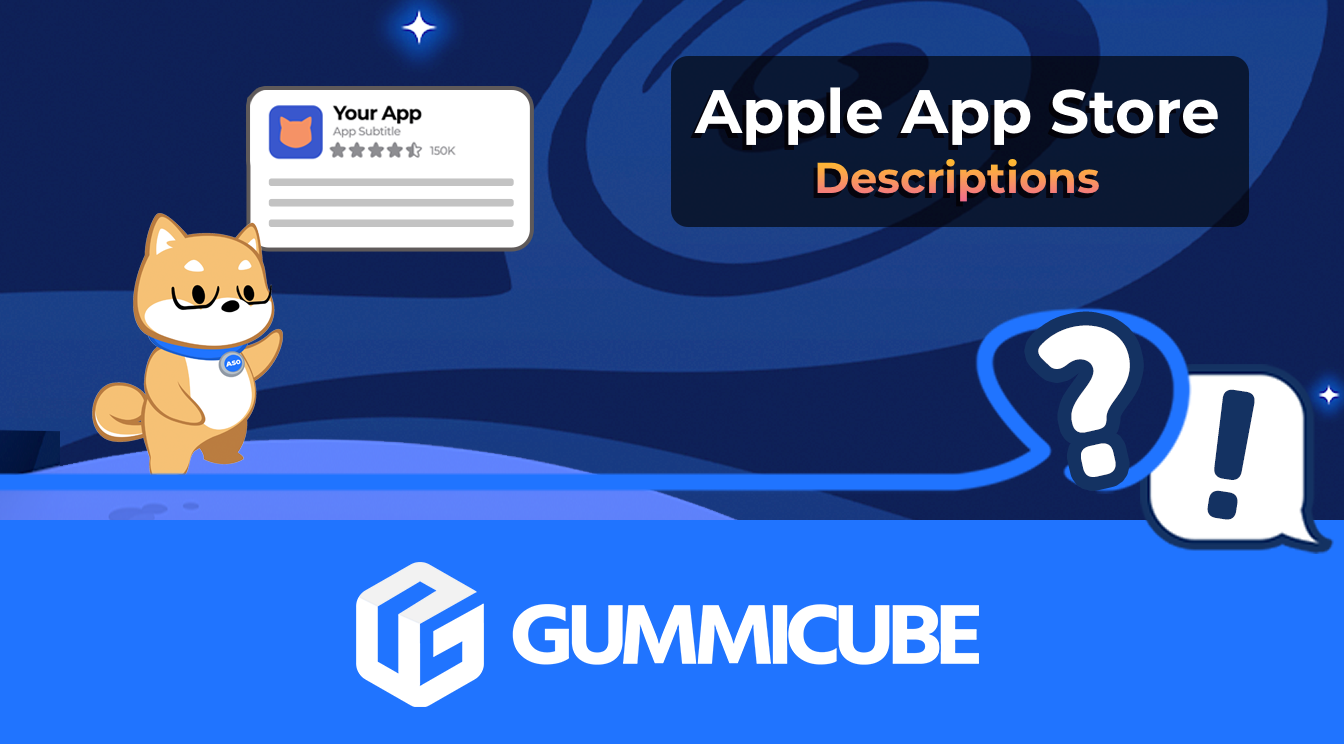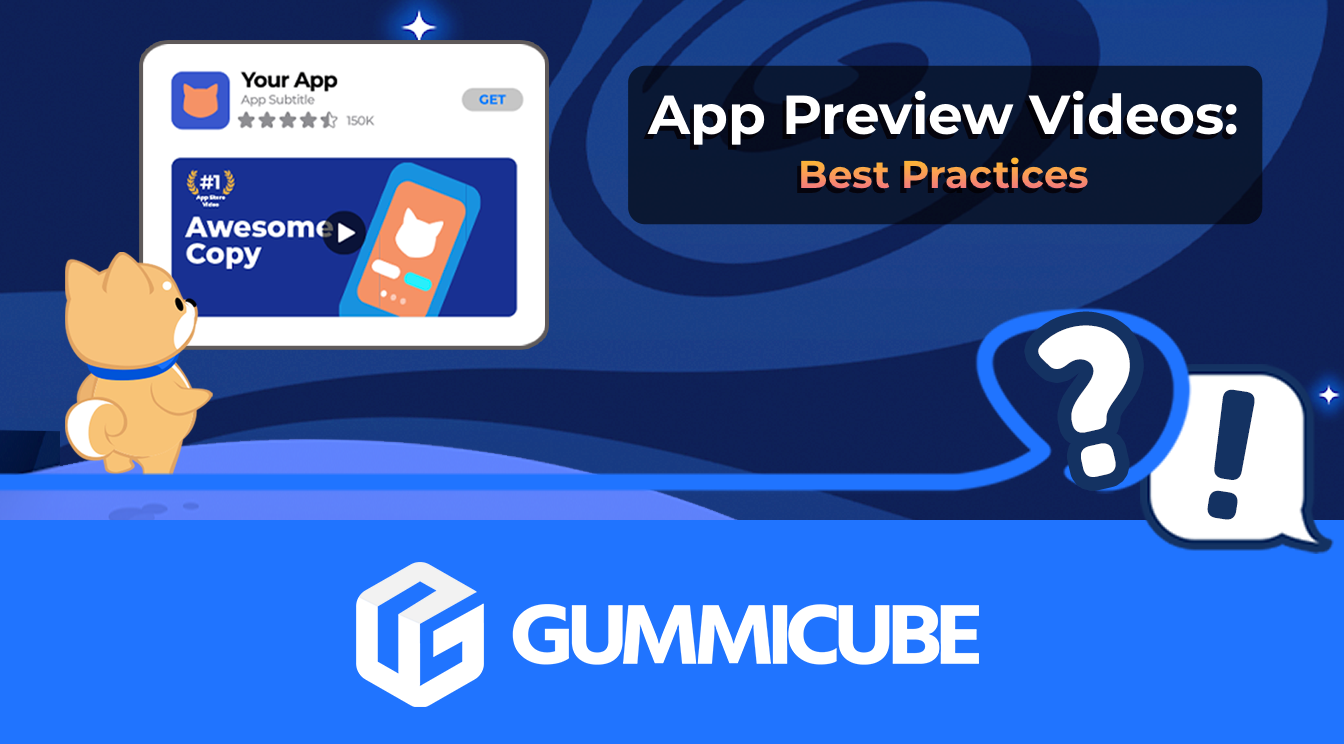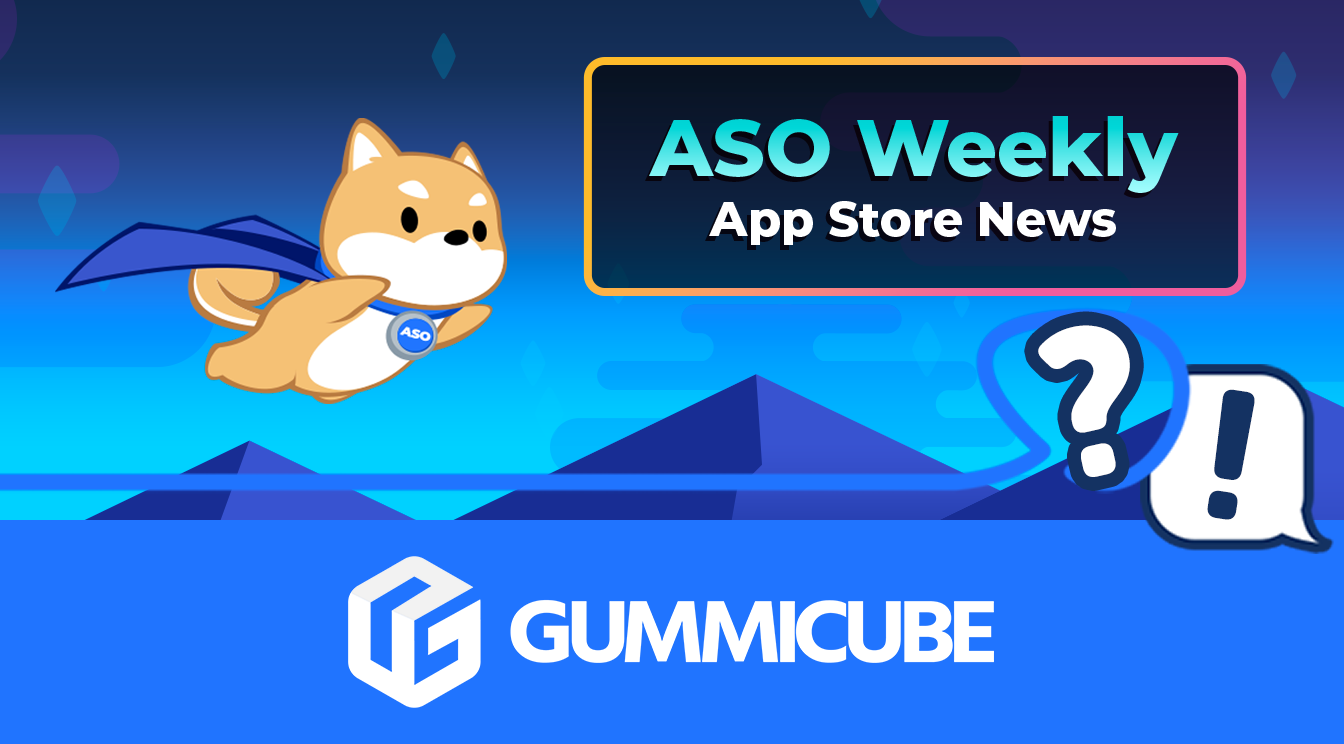
How to Write an Apple App Store Description
Posted on July 17th, 2024
Learn how to approach App Store descriptions the right way so you can effectively engage and convert users.

As people increase their time on their mobile apps, it begs the question of how well apps are retaining users? Developers continue to struggle retaining users after they have downloaded an app. According to AppsFlyer, the number of users that remain on an app after downloading is roughly 10-12 percent after seven days and drops to a dismal 4-5 percent after thirty days. AppsFlyer has the retention rates broken down into divisions for both iOS and Android that include the click-to-install rates. Retention rates are looked at from every angle, and were examined through organic and non-organic users by comprising data of users who were active on days 1, 7 and 30. While the rates have technically improved year-over-year, developers are still finding it difficult to retain users. More developers need to improve their app’s metadata by practicing App Store Optimization (ASO), which will improve app retention rates.
Having an ASO strategy means that your app store listing targets specific keywords through the title, description, screenshots and video in the app stores to build relevancy and create visibility. Developers need to constantly readjust their app listing with updated features and general improvements to retain users and target a specific audience. Retaining users is difficult for any app, but there are specific tactics that developers use such as organic vs. non-organic users to drive their retention rates up. When an ASO strategy is used, the target audience will find your app. When your target audience is directly addressed, they are more likely to interact with the specific features of an app and make in-app purchases.
The difference between organic vs non-organic users is simple: organic users encounter an app and decide to purchase or download due to high levels of interest. Non-organic users, however, are often incentivized or encouraged to download an app through popular tactics such as incentivizing the traffic around an app and prompting users to download and install to be rewarded with virtual currency. Organic and non-organic users’ retention rates are always different, but implementing an ASO strategy will help developers better understand who their target audience is and how to appeal to users. An app’s target audience is who the developer wants to use their apps. To specifically target and retain those users, a successful ASO strategy that optimizes the app’s metadata (title, description, etc) is necessary for improving retention rates. The bottom line, however, is that developers need to understand what is going wrong with their app to successfully retain more users.
The retention rates for last year are low, but looking into AppsFlyer’s breakdown of retention rates, organic users were better on Android accounting for 21 percent. In general, the only real drop in app retention rates was seen from Android organic users, which fell by 6 percent. Non-organic users, however, saw an improvement to 4 percent. While rates in general were low, it appears that shopping apps fared the best in retentaining users. Non-organic users seem to be more engaged after downloading, and pushed Android to a 51 percent increase in shopping apps. While gaming apps saw an increase from Android users with 20 percent retention rates over 90 days, developers not using an ASO strategy are struggling to retain more users.
While Android retention rates saw some improvements last year, iOS was up 9 percent overall and 25 percent for non-organic users. Organic users also tended to have more retention after an app has been downloaded for 30 days than non-organic by 7 percent. However, non-organic users saw 15 percent retention on iOS. Engaged users are more likely to purchase within the app, and the chances of a user turning into a buyer are higher by nearly 80 percent on iOS devices. Like Android, iOS users are more active on shopping apps and were 25 percent more active than Android users.
The improvements in app retention rates suggest that developers are taking more measures to market apps and understand that retaining users is just as important as converting them. While developers see retention rates improving, there is still a struggle to keep users active and engaged on apps. Putting ASO into practice is necessary to the optimization efforts and to create visibility to continue retaining users. Developers need to use an ASO strategy to improve the metadata for an app (title, description etc.), and to make sure each that part contains relevant keywords. The app needs to not only be visible in the app stores, but should be relevant to specific keywords to become more easily discoverable. Developers need to continue making changes to their apps metadata by using ASO to keep users interested and constantly coming back to the app. The tactics developers use to entice non-organic users should be applied in small doses throughout the app store listing to improve retention rates overall on both iOS and Android devices. Users are hardly active after downloading an app, but implementing an ASO strategy will make the app more discoverable, improve conversion rates and retain more users. Once the app has been improved with ASO, developers will see improvements in retaining users, prompting them to stay active on an app.

Learn how to approach App Store descriptions the right way so you can effectively engage and convert users.

Learn how to grab your audience's attention through effective and engaging app store preview videos.

Welcome to this week’s ASO Weekly - The App Store halts gambling ads amidst outcry and the Apple takes a bite out of NFT app sales.